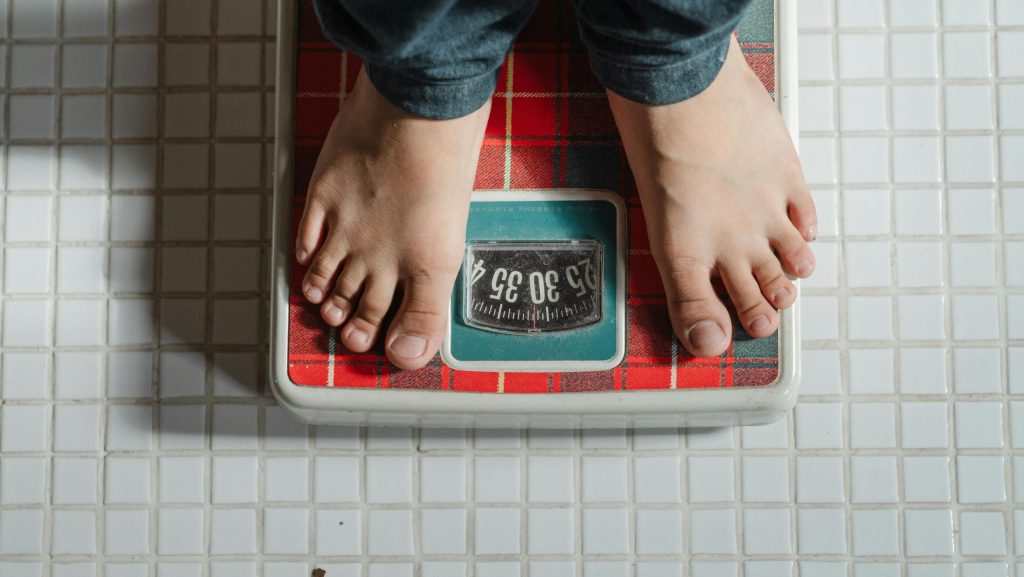FREE Shipping on Orders over $89 with Account – Create One Today!
- (844)-859-9400
- Get Help

Living with an ostomy brings challenges, and managing your weight can be one of them. Whether you’re looking to shed a few pounds for health reasons or want to feel more comfortable in your body, this guide is here to help.
Before diving into weight loss strategies, it’s important to understand how having an ostomy can affect your body and your relationship with food. An ostomy, whether a colostomy, ileostomy, or urostomy, can impact your digestive system and nutrient absorption.
For this reason, it’s important to listen to your body and check with a healthcare professional before starting a new diet or exercise regimen. After all, your weight-loss approach must be tailored to your specific situation for the best results.
Losing weight with an ostomy requires a balanced approach to getting enough nutrition while creating a calorie deficit. Here are some key points to consider:
Choose foods that pack a nutritional punch without excessive calories. Good options include:
Proper hydration is crucial for ostomy patients, especially those with ileostomies. Aim for at least 8-10 glasses of water daily, adjusting based on your output.
This can help manage hunger and prevent overloading your system. Aim for 5-6 small meals throughout the day instead of 3 large ones.
Gentle exercises like modified planks or seated ab crunches can help tone your abdominal muscles. Otherwise, a daily exercise habit like walking or biking for 30+ minutes daily will make a difference in the long run.
High-stress levels can contribute to belly fat. Try stress-reduction techniques like meditation or yoga. Regular exercise can help in this department, too.
Lack of sleep can disrupt hormones that regulate hunger and metabolism. It can also throw off the other points listed above, leading to more stress, dehydration, less energy for exercise, etc.
When trying to lose weight, you might find your output becomes looser. Here are some foods that can help thicken stool:
These foods can be used in moderation to help manage your output while supporting your weight loss goals.
While everyone’s tolerances are different, some foods commonly cause issues for people with ileostomies:
Remember, this list is not exhaustive; you may find you can tolerate some of these foods.
With an ileostomy, food takes about 4-6 hours to digest and appear in your ostomy bag. However, this depends on what you’ve eaten and your digestive system.
Understanding digestion time can help you plan meals and manage your weight loss efforts. For example, you might find that eating smaller, more frequent meals helps regulate your output and keeps you feeling satisfied throughout the day.
Many people with ileostomies report feeling hungrier than they did before their surgery. There can be several reasons for this:
If you’re experiencing increased hunger, don’t worry – this is normal. Finding healthy ways to manage your appetite while getting the necessary nutrients is key.
We mentioned exercise earlier, but providing more detail on that subject makes sense. After all, choosing safe and comfortable activities with an ostomy is important.
Here are some options to consider:
It’s best to start slow and pay attention to how your body reacts. Check to make sure you have the proper ostomy supplies before getting started. It’s a good idea to consult your doctor or physical therapist before starting a new exercise routine.
With the right approach, you can achieve your weight loss goals and continue living a full, active life. You’ll get there with the right information, a positive attitude, and some sticktoitiveness. It’s all about creating healthy habits over a long period of time. So be patient, find a routine that works for you, and set your daily goals!

Edited for content by JORDAN GAYSO.
